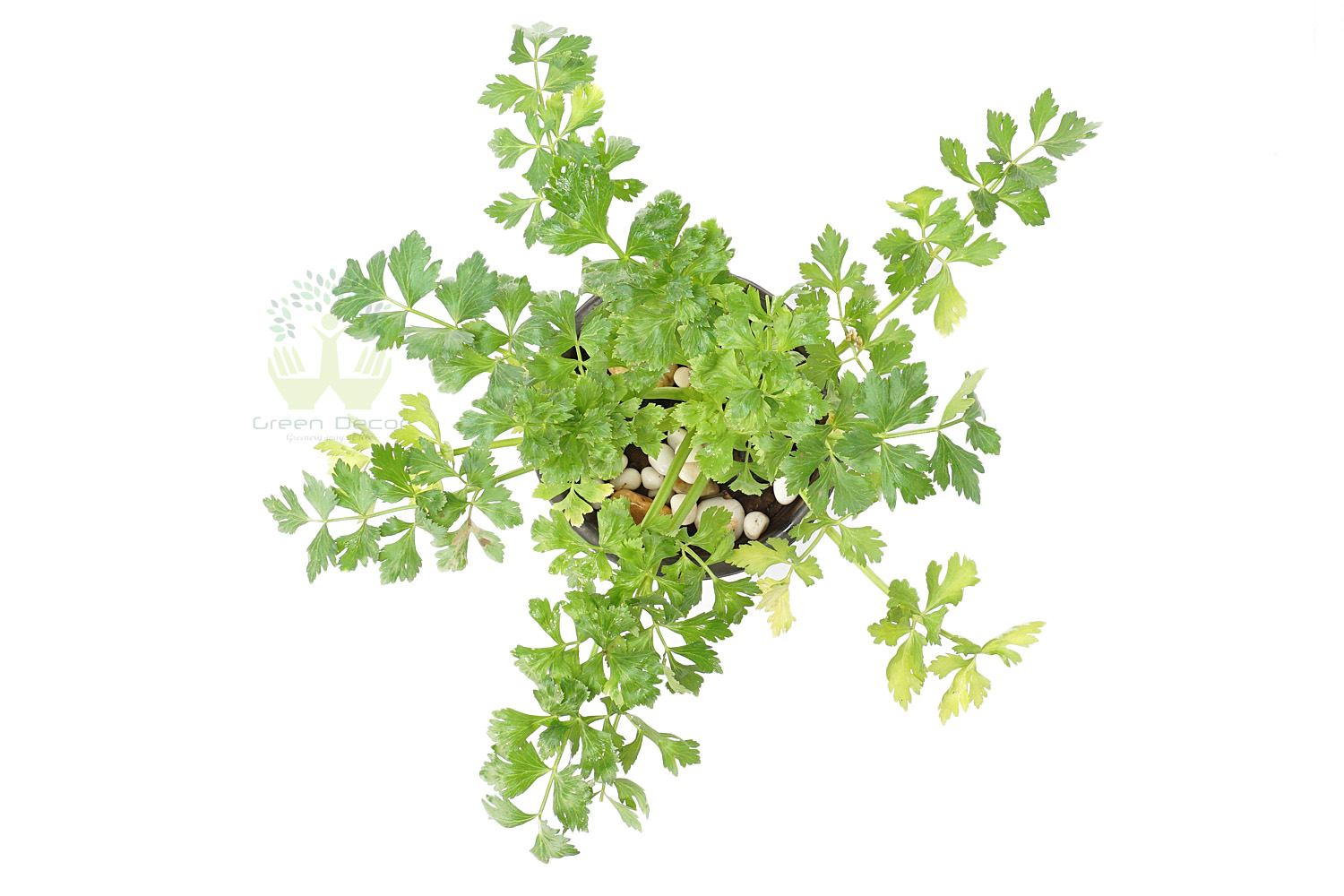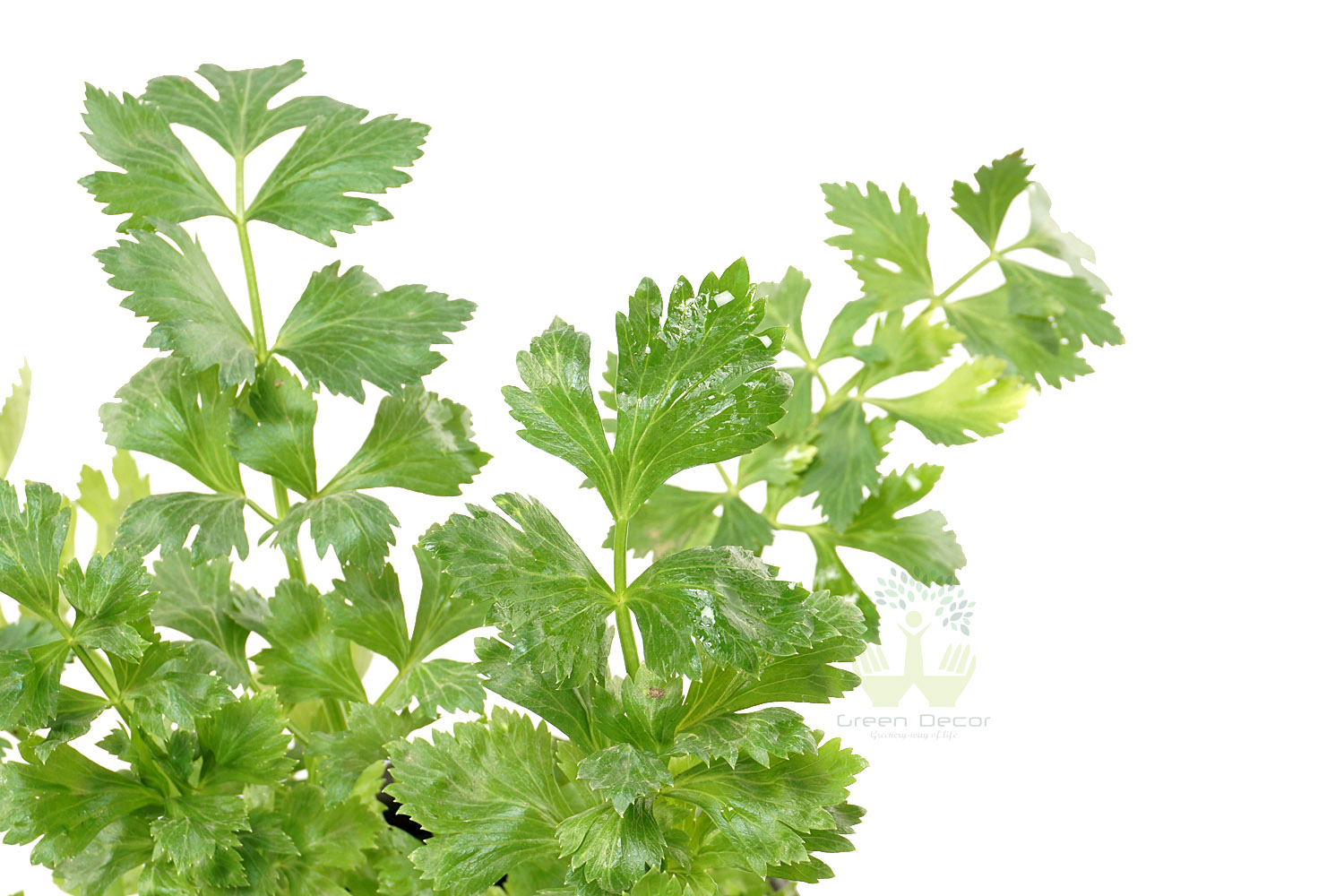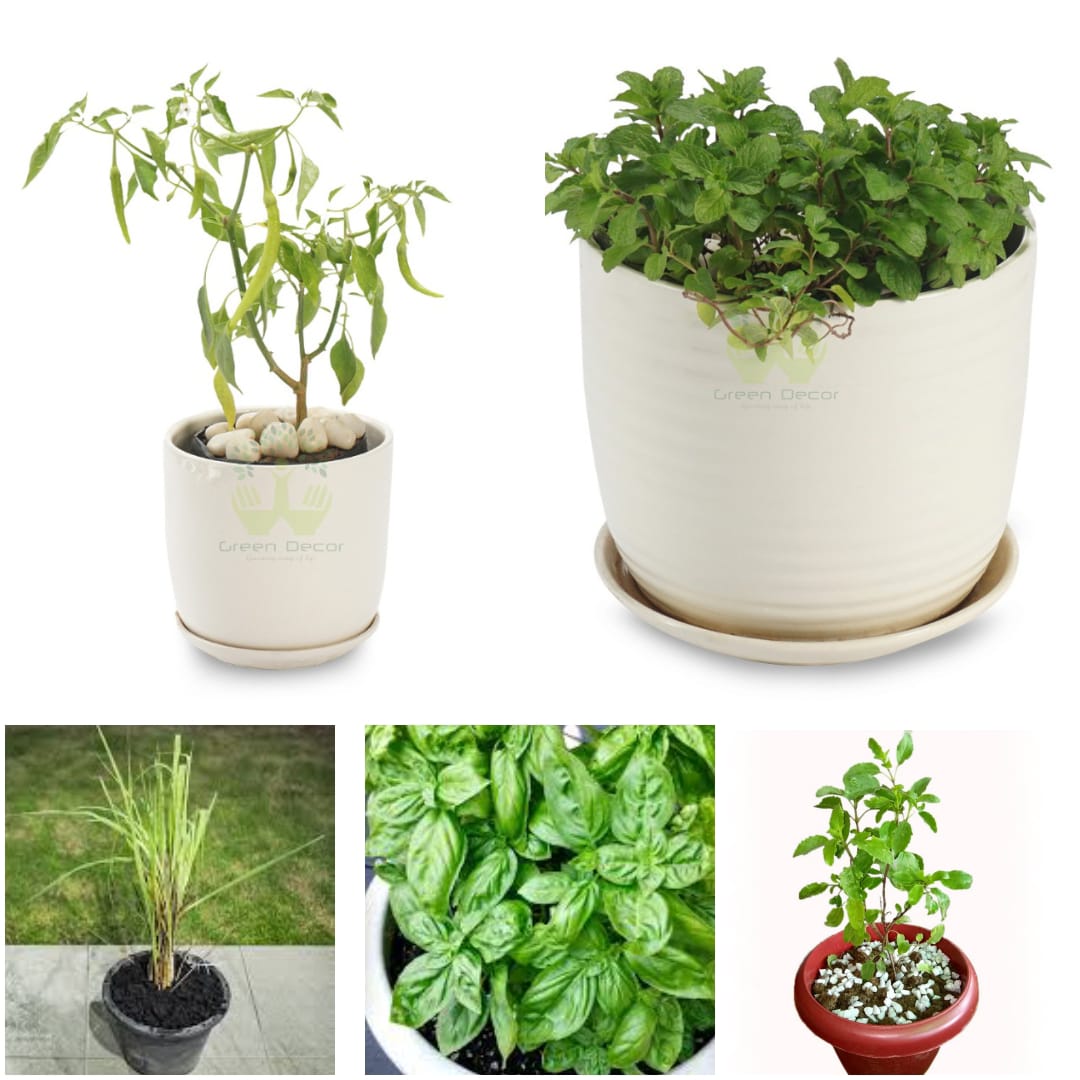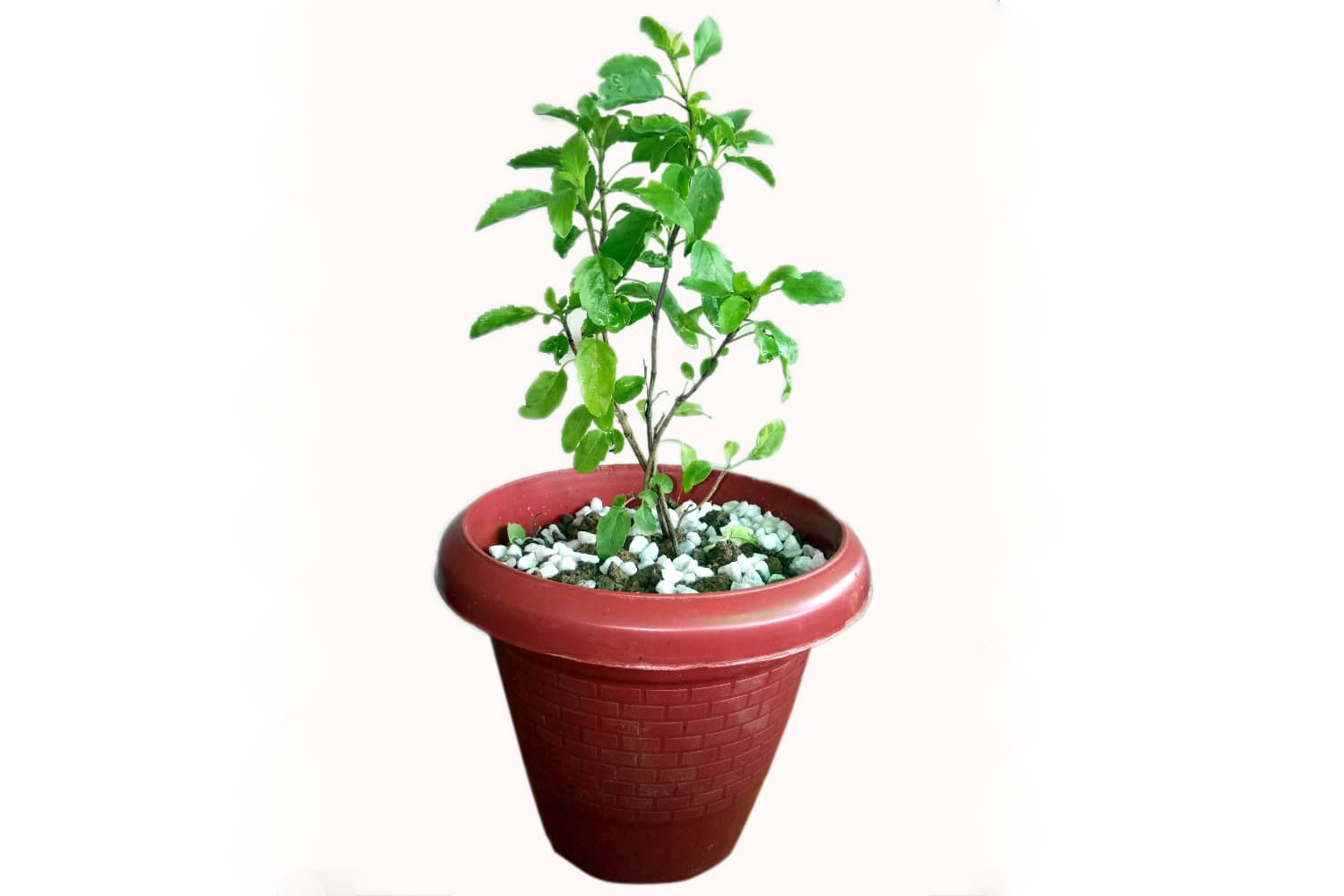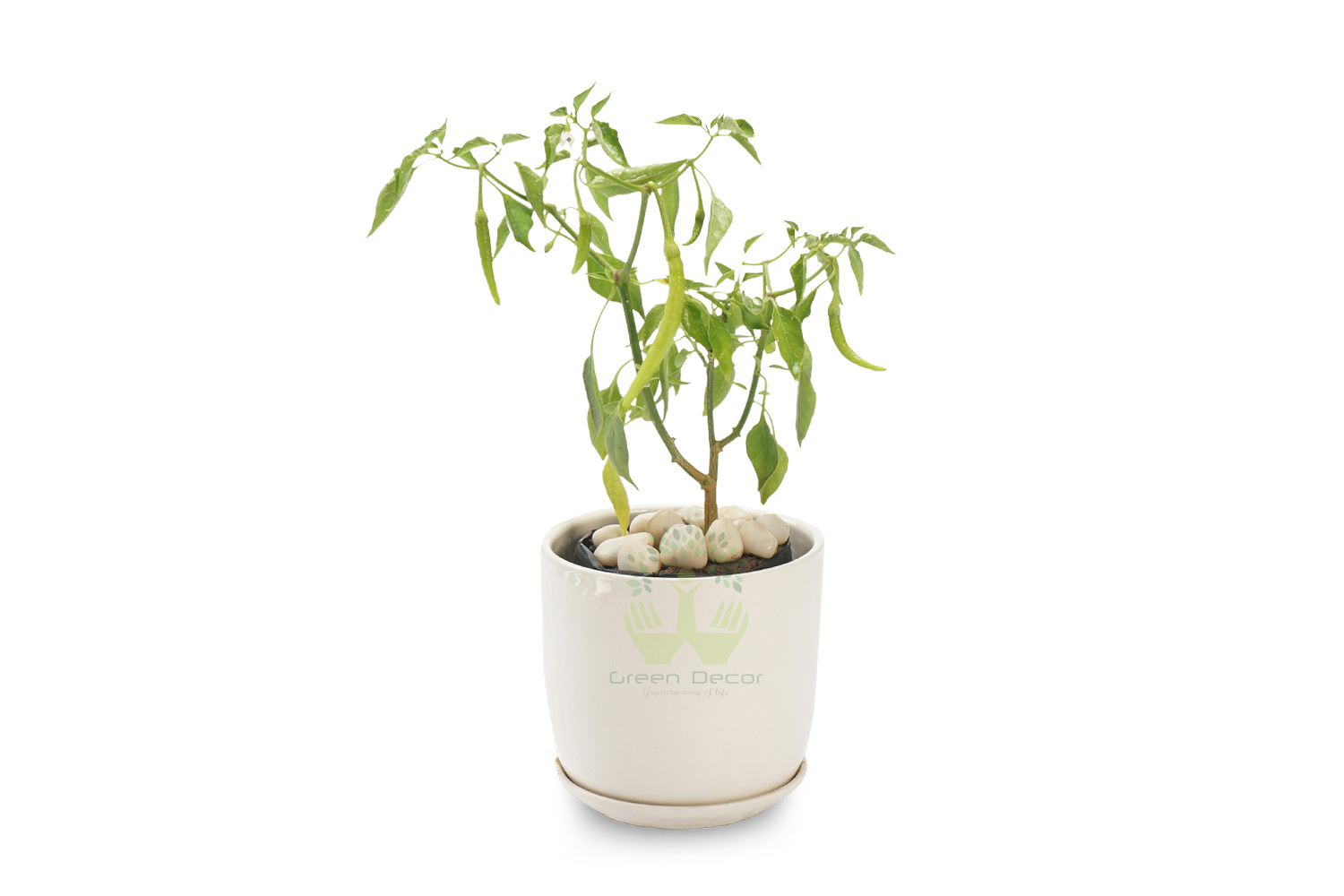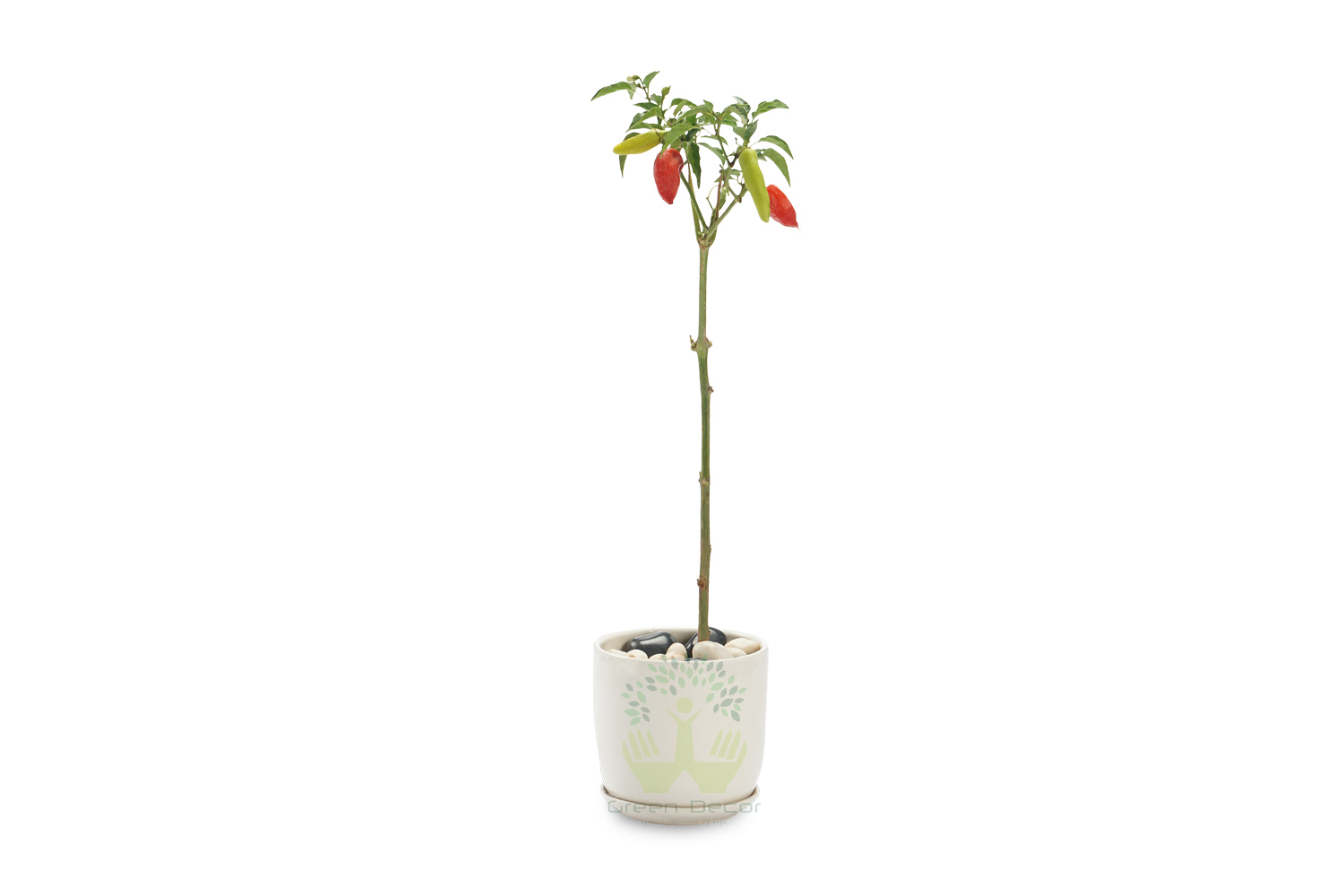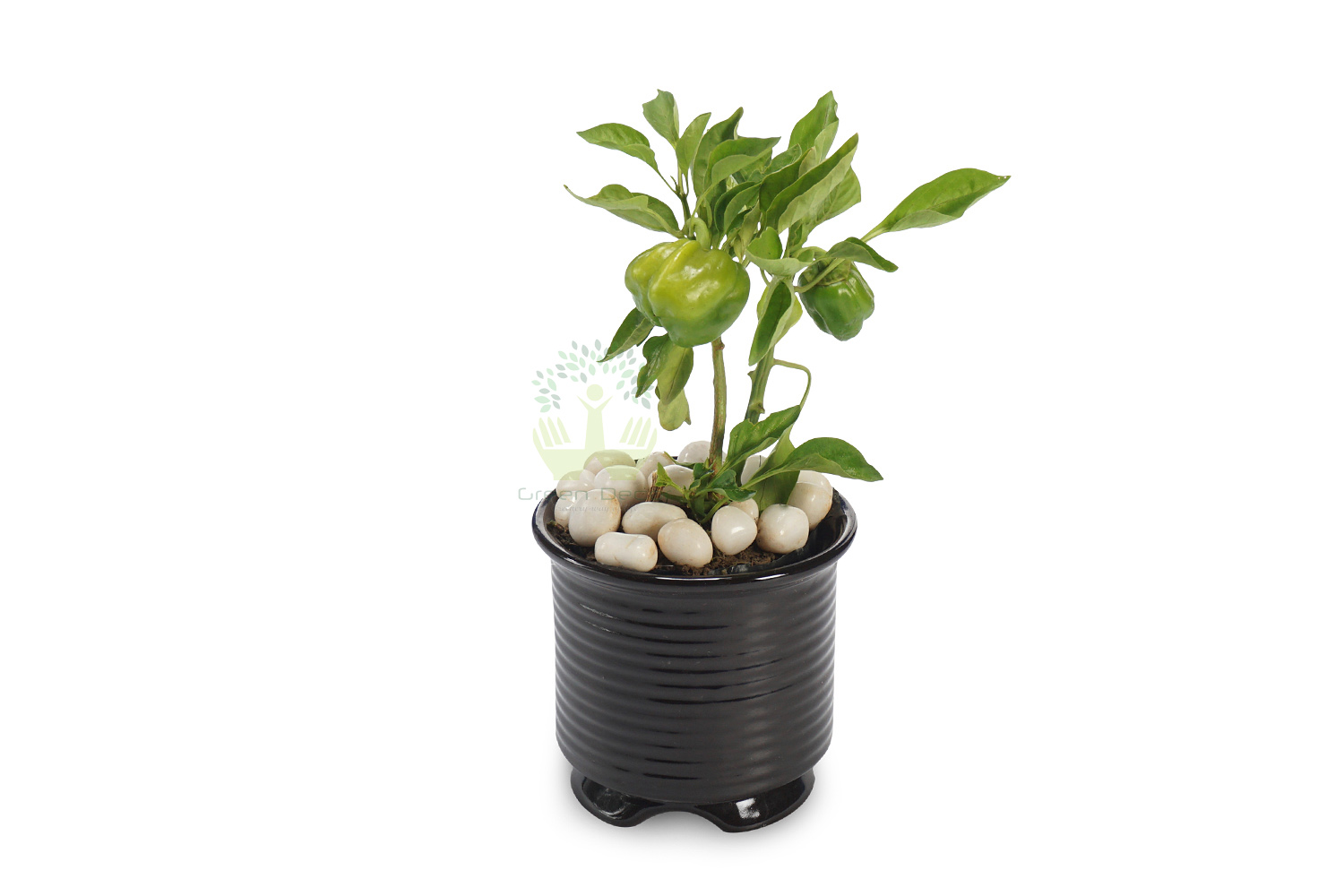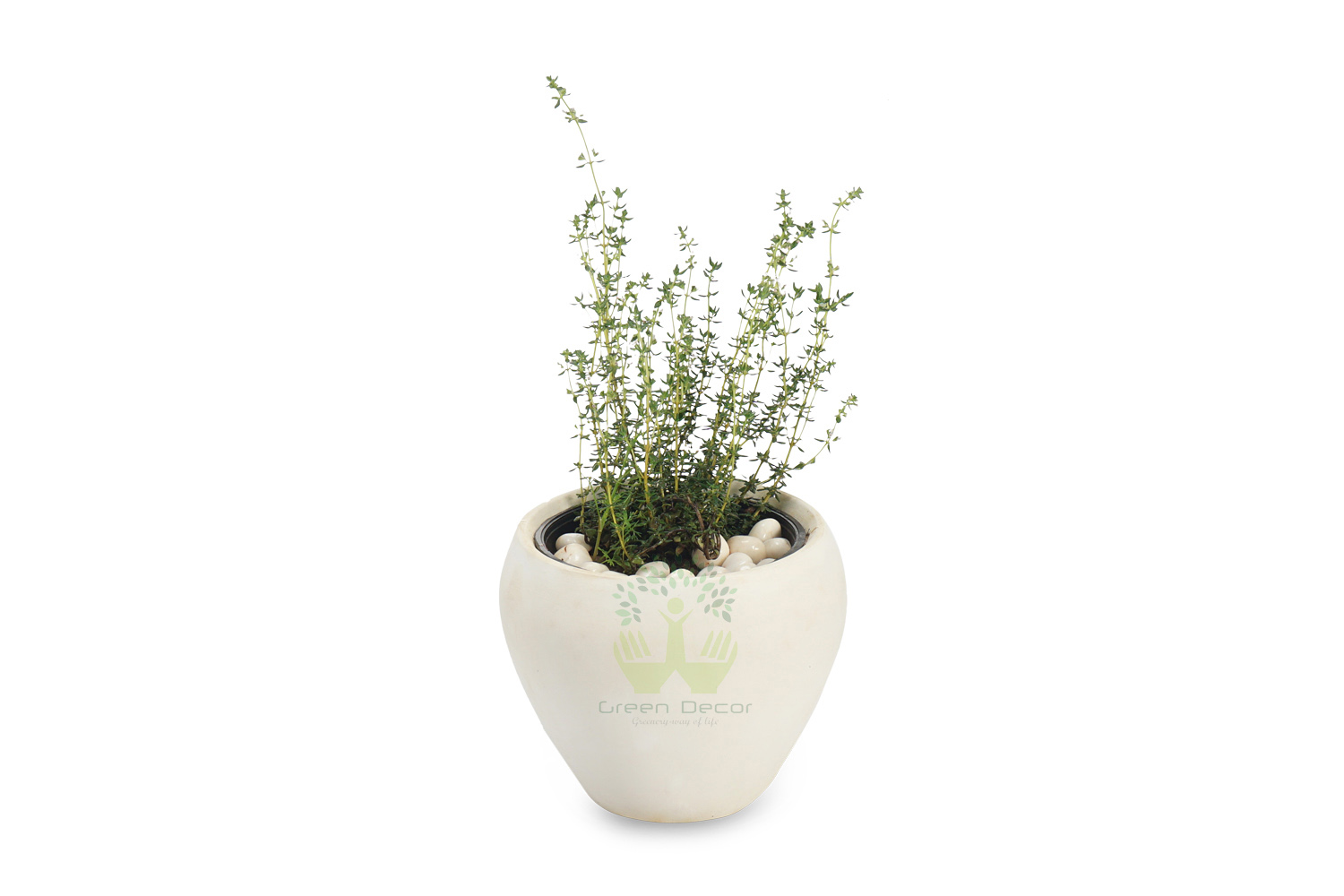- About Celery
- How To Grow Celery
- Benefits of Celery
- Maintenance Tips
- Shipping Info
Celery is a cool-season crop half-hardy to frost and light freezes. Celery has a fairly long growing season, and has little tolerance for temperatures that are either too high or too low.
Soil Need
Normal Soil
Fertilizer (type)
Nitrogen Phosphorus Potassium Fertilizer
Growth Pattern
Fast
Pruning
Every Month
Re-Potting
Every 3-4 Month
Process :
1. Choose an area with full sun and/or partial shade.
2. Choose an area with rich, moist soil.
3. Water the planting area very thoroughly. Celery requires constant moisture, so do not allow the soil to dry out at any time
4. Add mulch to the planting area. To keep the soil cool and moist, add a few inches of mulch made of leaves, grass, hay, or other plant material on top of the soil.
5. Fertilize every two to four weeks. Celery plants are heavy feeders that require rich soil that must be fertilized frequently.
6. Harvest the celery stalks, leaves, and/or roots. You can begin to harvest the stalks when they reach eight inches in height. Make sure to begin your harvest from the outside stalks and work inward.
1. Celery Reduces Inflammation
2. Helps you Calm Down
3. Cares for your Eyes
4. Reduces “Bad” Cholesterol
5. Contains “Good” Salts
Do's
1. Celery is a heavy feeder. It also requires lots of water. Make sure to provide plenty of water during the entire growing season, especially during hot, dry weather.
2. Tie growing celery stalks together to keep them from sprawling.
Don'ts
1. There's no need to blanch the top leaves, of course, just the stalks.

